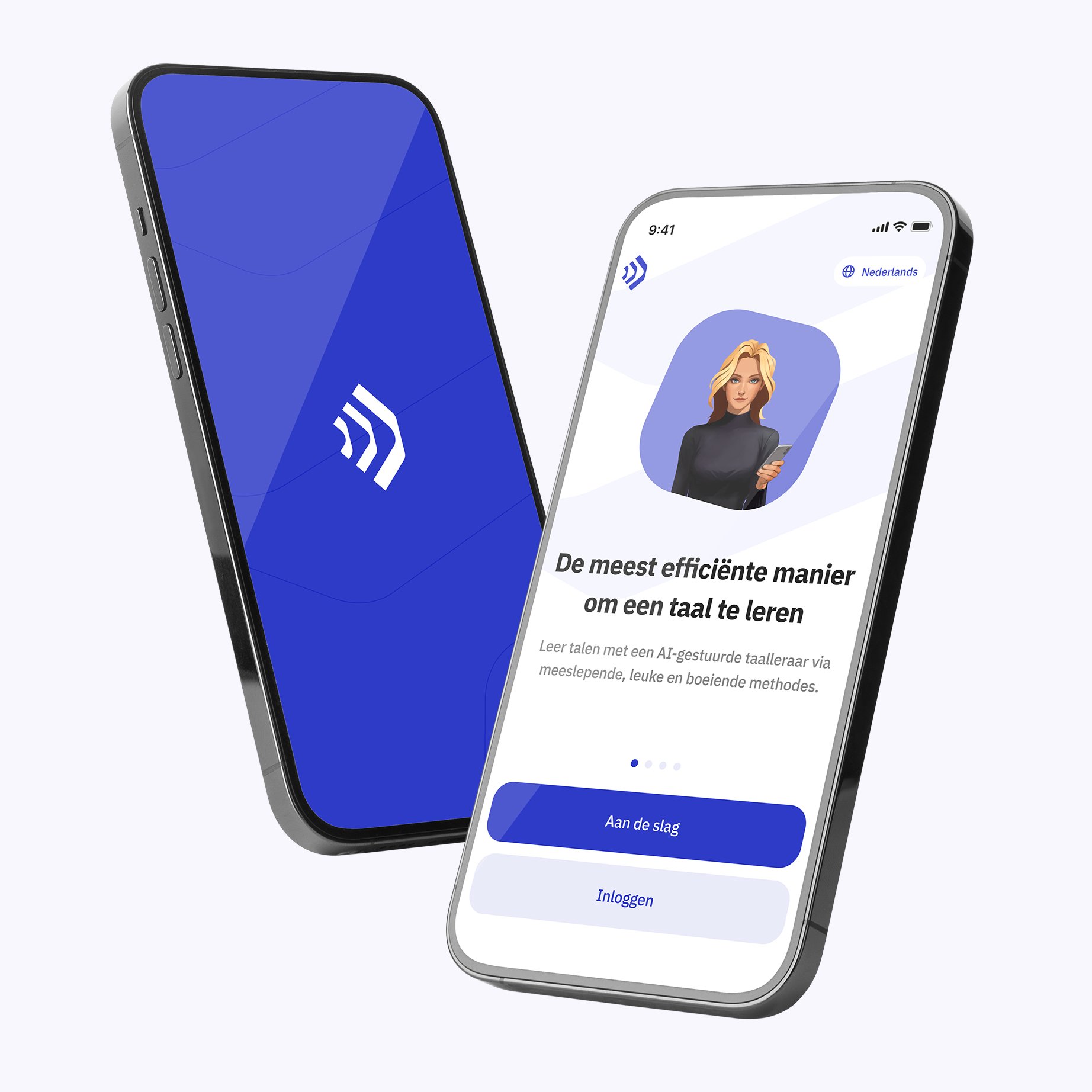Eenvoudige toekomstige tijd – Oefening 1
2. Bạn *sẽ* ăn cơm lúc 7 giờ tối. (Gebruik “sẽ” voor toekomstige handelingen.)
3. Chúng tôi *sẽ* chơi bóng đá vào cuối tuần. (Gebruik “sẽ” + werkwoord voor de toekomst.)
4. Cô ấy *sẽ* mua một chiếc xe mới. (Plaats “sẽ” voor het werkwoord om toekomst aan te duiden.)
5. Họ *sẽ* đến thăm bạn vào thứ Bảy. (Gebruik “sẽ” om iets te plannen in de toekomst.)
6. Anh ấy *sẽ* học tiếng Việt tốt hơn. (Sẽ + werkwoord voor toekomstige intentie.)
7. Chúng ta *sẽ* đi du lịch vào mùa hè. (Plaats “sẽ” voor een toekomstige actie.)
8. Em bé *sẽ* ngủ sau bữa tối. (Gebruik “sẽ” om de toekomstige gebeurtenis te tonen.)
9. Tôi *sẽ* gọi cho bạn lúc 8 giờ. (Gebruik “sẽ” voor toekomstige handelingen.)
10. Bạn *sẽ* làm bài tập về nhà tối nay. (Gebruik “sẽ” om toekomst aan te geven.)
Eenvoudige toekomstige tijd – Oefening 2
2. Chúng ta *sẽ* xem phim vào cuối tuần. (Plaats “sẽ” vóór het werkwoord voor de toekomst.)
3. Tôi *sẽ* học tiếng Anh từ tháng sau. (Gebruik “sẽ” om toekomst uit te drukken.)
4. Anh ấy *sẽ* làm việc ở công ty mới. (Sẽ + werkwoord betekent toekomstige handeling.)
5. Cô ấy *sẽ* đi mua sắm vào ngày mai. (Gebruik “sẽ” om een geplande toekomstige activiteit te tonen.)
6. Các em nhỏ *sẽ* chơi ngoài sân. (Sẽ voor werkwoord geeft toekomst aan.)
7. Bạn *sẽ* gặp tôi lúc 5 giờ. (Gebruik “sẽ” om toekomstige afspraak uit te drukken.)
8. Tôi *sẽ* viết thư cho bạn. (Gebruik “sẽ” + werkwoord voor toekomstige intentie.)
9. Chúng tôi *sẽ* ăn tối ở nhà hàng. (Sẽ geeft een toekomstige handeling aan.)
10. Anh ấy *sẽ* đi công tác tuần sau. (Gebruik “sẽ” om toekomst aan te duiden.)










